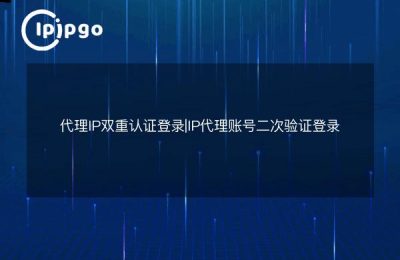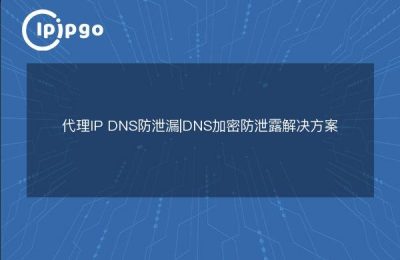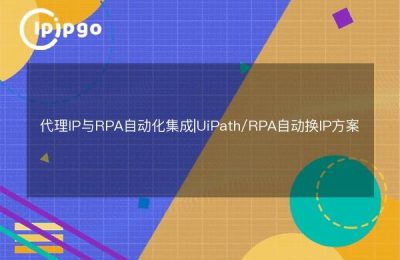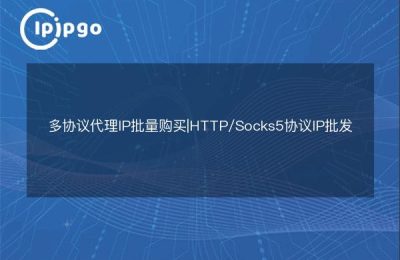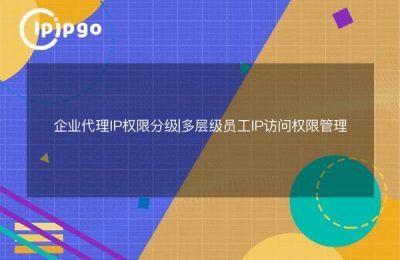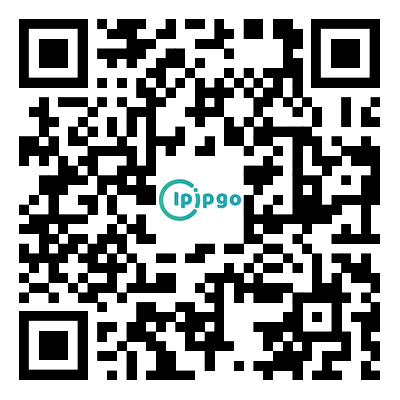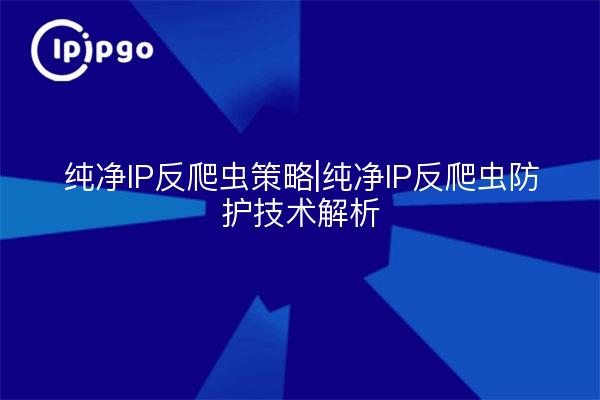
Practical tips for real user behavior simulation
When a website deploys an anti-crawler system, the core identifying criteria areTraffic behavior characteristics.. Ordinary proxy IPs are easily recognized, the key is to use them in an overly mechanized way. Here is the recommended way to do this through ipipgo'sResidential agency services, in conjunction with the following three practical tips:
1. Randomization of the request interval: do not fix the request every 3 seconds, it is recommended to set a random interval of 0.5-5 seconds, which is closer to the rhythm of human operation.
2. Multi-device feature simulation: through ipipgo's terminal parameter synchronization function, it automatically matches fingerprint information such as User-Agent, screen resolution, etc. of different device models.
3. Dynamic trajectory generation: the use of ipipgo's IP automatic switching function, simulating the real user cross-region access characteristics, for example: Shanghai → Hangzhou → Beijing's natural geographic switching paths
Agent pool quality determines the effectiveness of protection
The difference between common proxy services on the market and professional anti-climbing solutions is mainly in three dimensions:
| comparison term | General Agent | ipipgo program |
|---|---|---|
| IP Source | Centralized IP segments in server rooms | Real Family Home IP |
| Behavioral characteristics | Fixed request mode | Intelligent traffic camouflage |
| life cycle | Short time frames (minutes) | Dynamic and durable maintenance |
ipipgo's.90 million residential IP libraryIt supports city-level precision localization, and with dynamic IP to keep on-line time, it can perfectly avoid the detection of "short-lived IP" features.
Protocol-layer protection against
Anti-crawl systems are recognized by protocol fingerprinting, and three technical details in particular need attention here:
- TLS fingerprinting: ipipgo's full protocol support automatically adapts the SSL/TLS version of the target website to avoid anomalous features of inconsistent protocol versions.
- TCP connection parameters: dynamically adjust the initial window size, message time to live (TTL) and other underlying parameters to eliminate machine fingerprints
- HTTP header integrity: automatically complete the 23 standard request headers including Accept-Language, Sec-Fetch-Mode, etc. to avoid missing features.
Frequently Asked Questions
Q: How to choose between dynamic IP and static IP?
A: Dynamic residential IPs are recommended for high-frequency acquisition, and static residential IPs are selected for scenarios that require session maintenance (e.g., login status). ipipgo supports intelligent switching between the two modes.
Q: What should I do if I encounter a CAPTCHA?
A: It means that the current IP has been tagged and you should switch IP segments immediately. With ipipgo's geo-fencing function, you can quickly obtain fresh IP resources in the target area.
Q: How do I detect if an agent is exposed?
A: ipipgo provides a real-time availability testing interface that monitors core metrics such as HTTP header integrity, protocol fingerprinting, and IP reputation values.
Professional-level protection requires the establishment of a complete protection chain from three dimensions: IP resource quality, protocol layer camouflage, and behavior pattern simulation. As a global residential proxy service provider, ipipgo's distributed IP network and intelligent scheduling system provide a full-link solution for anti-crawling scenarios. It is recommended to choose a combination of matching proxy modes based on specific business scenarios.

